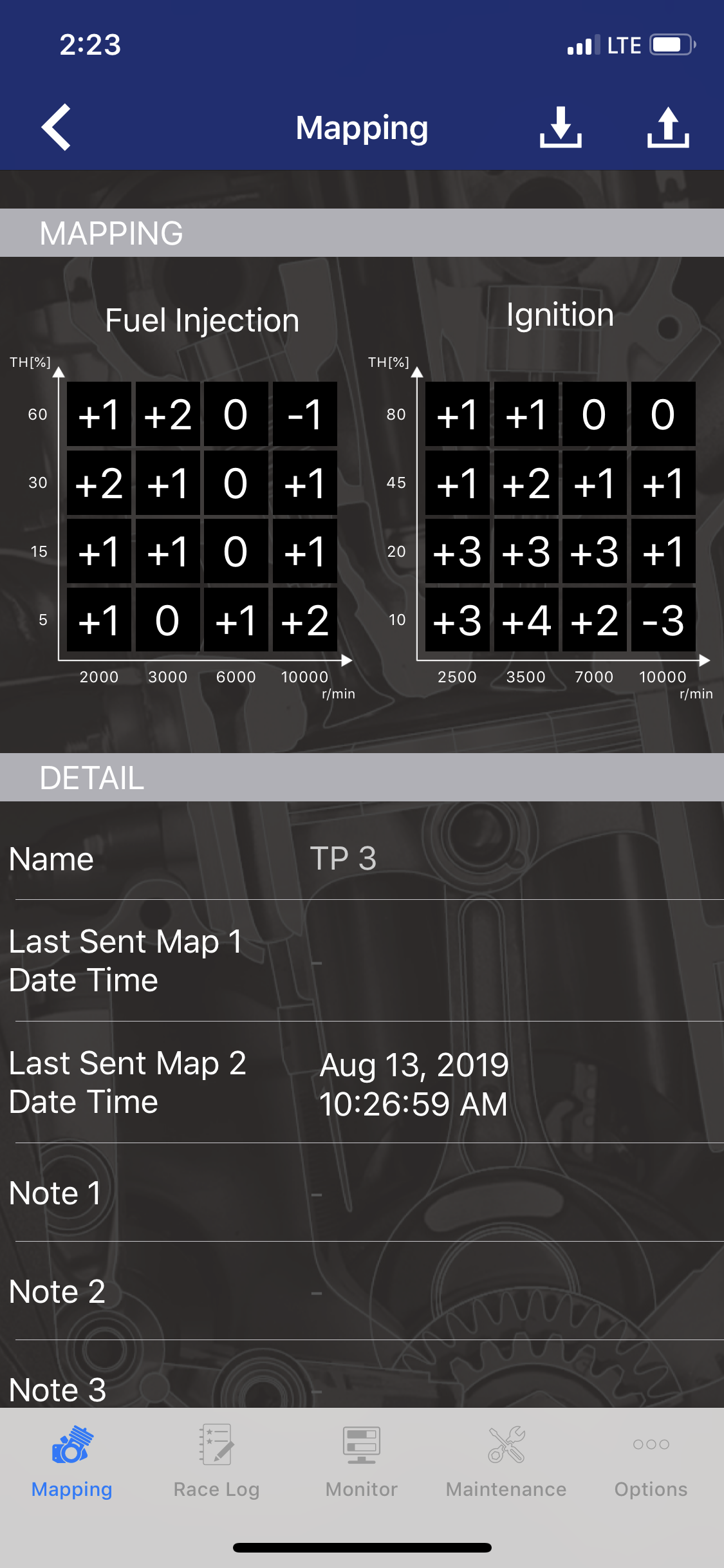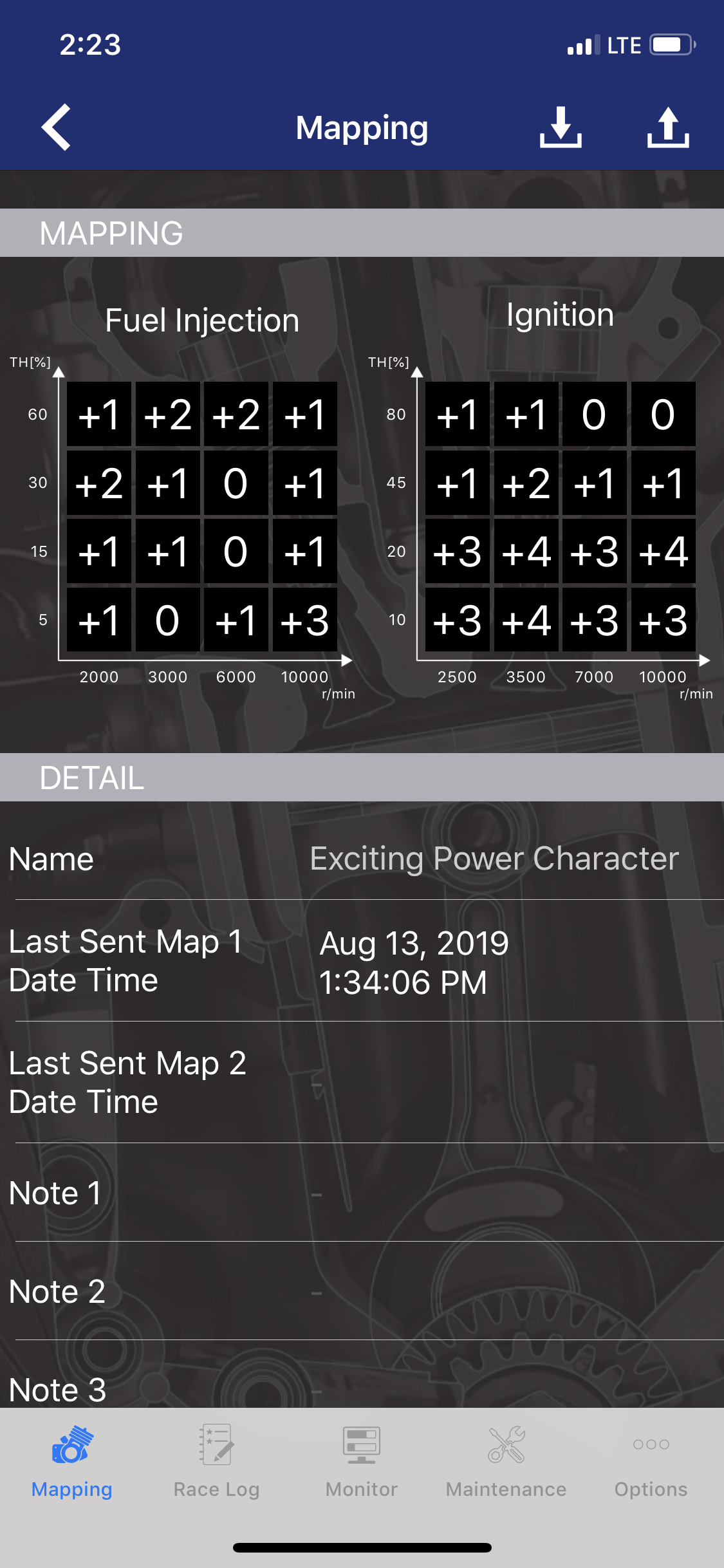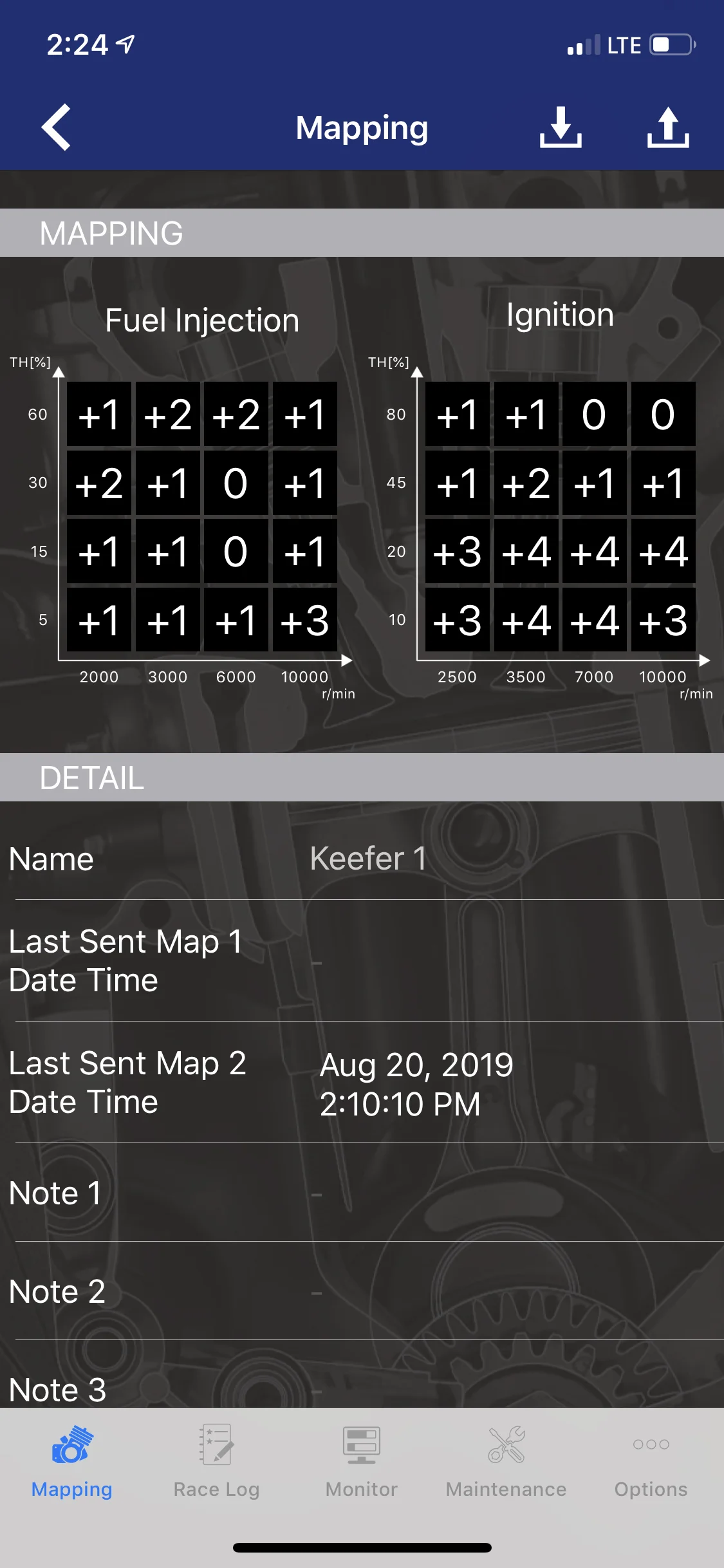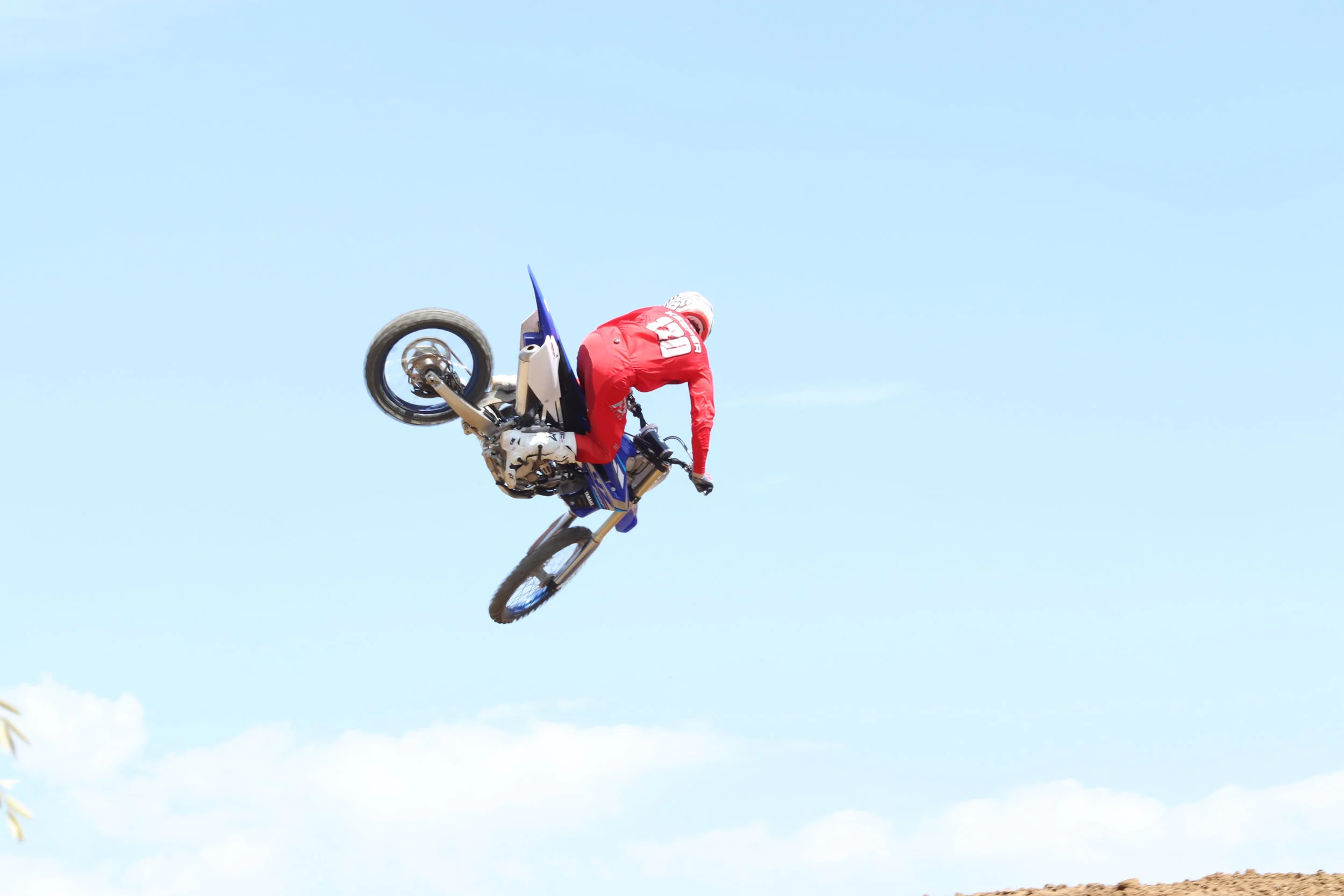Written By Michael Allen And Kris Keefer:
The YZ250F is one of the best 250 four strokes in class for 2020, but that doesn’t mean it can’t be made even better. Here are five easy and relatively inexpensive modifications that will make you love your 2020 YZ250F even more.
1. Keefer “Free Feeling Map”: The mapping comes with Yamaha Power Tuner App is a great starting point to experiment with, but we have created a map of our own that we have fallen in love with. The “free feeling” map takes the superb torque feel and tailors it to make the bike feel free-er on de-cel. This “Keefer Free Feeling” map below gives you less pitching on de-cel coming into the corners and also made the Yamaha feel lighter through mid-corner, which helped cornering as well as change of direction. We felt like the YZ250F could give up a small amount of torque to achieve a stronger mid-top end, but with less chassis movement on or off throttle. Try this and tell us what you think?
2. FMF 4.1 Titanium Muffler System: Although the stock exhaust is VERY hard to beat in terms of performance, it can get a little raspy once the hours start adding up. The FMF 4.1 system gives the bike a throaty tune and a factory look, but with a tunable engine character. We have found that running the system without the spark arrestor insert takes away too much back pressure, which causes the YZ250F to lose some of that bottom end power we come to love out of this bike. We prefer the system with the spark arrestor installed because it helps keep most of the stock bottom end, keeps the YZ250F quieter the bike, and can even make it legal to ride on the trails.
3. Works Connection “Titan” Skid Plate: Mostly because we like off-road as well, but also because we believe all bikes should at least come with them. Let the consumer decide if he or she wants the skid plate on or off. We are sure it comes down to cost, but we can dream right? I mean Honda does it! Works Connection has been in the protection game for a long time with aluminum skid plates, but recently have now offered a composite piece. We prefer composite because it slides over obstacles easier than aluminum and doesn't affect the chassis negatively out on the track. In addition to having less friction, the composite has more flex that can allow the skid plate to slightly distort when hitting an obstacle and still be able to flex back to its original shape, as well as allow the frame to flex correctly under loads. The WC Titan skid plate is easy to mount, offers great protection coverage, and is one tough SOB.
4. Fire Power Battery: It’s no secret that a couple of our YZ250F’s had a slight issue with dead batteries and Fire Power has just the thing to alleviate this problem. We have had two stock Yamaha batteries that left us stranded so it was a no brainer to install an aftermarket Fire Power. Although it doesn’t necessarily make the bike start a lot easier, it never died on us, which is key. On top of that the Fire Power comes in at $120, which isn’t bad when you look at other competing batteries on the market. Although the difference is very little, the Fire power is also slightly lighter than your stock YZ250F battery. We are talking a couple ounces, so don’t freak out.
5. Works Connection EZ Build Elite Perch: Although technically speaking there is nothing wrong with the clutch pull on the 2020 YZ250F, there is nothing better than the feeling of a WC clutch perch and lever. The stock perch and lever have a quick adjust but while riding it’s not the easiest to adjust on the fly. With the WC assembly it’s much easier to roll the adjuster wheel with your palm without having to be super accurate. We feel like the clutch engagement is slightly better and less on/off feeling with the WC Elite system. On top of looking bad ass, the WC clutch perch is much easier to take apart and clean/lube than the stock clutch lever. Having a sealed bearing on the lever pivot makes for a much longer lasting, smooth pull, over the stock lever, which is just a greased bolt through a hole.
Bonus Tip: If you want a little more hold up in your fork, but want to keep the comfort of the stock valving simply add 5cc of oil. By adding just 5cc’s of oil you will get a little more hold up, slightly less pitching under hard braking, and give you more front tire traction without pushing. Sometimes we feel the fork is too low when diving hard into corners causing our front end to wash out (especially on flat corners).
Bonus Tip #2: You can also try chucking the Bridgestone X20 front tire for a Bridgestone M59 front tire. I stumbled across the M59 by chance, recently tried it and found it to be really good on lean angle/under load. The carcass of the M59 holds side loads better than the X20 or X30 and gives the YZ250F a more secure feel when under lean. I have not had enough time to rate the reliability, but so far the performance is better than the X20. If you’re one of the guys that complain about the YZ250F not cornering well then try this tire before you piss and moan.
If you have any questions about the top 5 mods you see here feel free to send an email to michael@keeferinctesting.com or kris@keeferinctesting.com. We are happy to help.
If you would like to support our site or show please click the RMATVMC banner on the top of this page, if you plan on shopping for any of these items you see here.



















